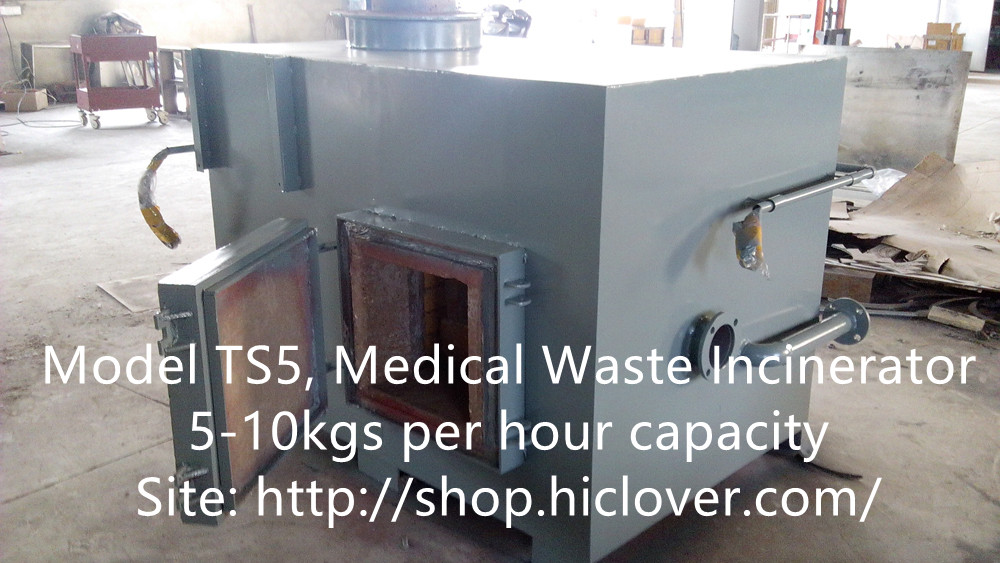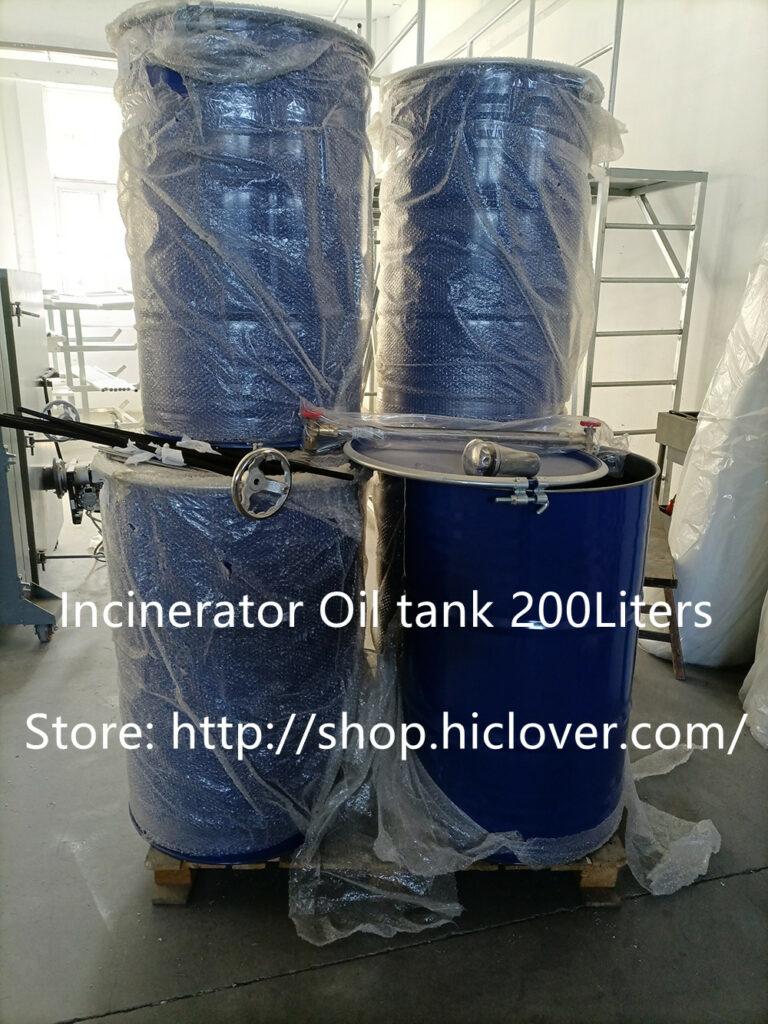Waste management has become a major issue in many countries around the world, and Cameroon is no exception. With rapid urbanization and population growth, the amount of waste being generated in the country has increased dramatically over the past decade. This has led to numerous environmental and health challenges, from pollution to diseases.
In response to this growing problem, Cameroon has been exploring innovative solutions to waste management, one of which is the development of garbage to energy plants. These plants are designed to convert solid waste into energy, providing a sustainable and cost-effective solution to waste management.
Garbage to energy plants work by using advanced technologies to convert organic waste into energy, such as biogas or electricity, and also recover materials that can be recycled. This not only eliminates the need for landfill sites, which are often unsanitary and contribute to pollution, but also generates valuable resources from waste that would otherwise be discarded.
One successful example of a garbage to energy plant in Cameroon is the Hysacam waste management company’s biogas plant in the city of Douala. This plant, which was inaugurated in 2018, aims to process organic waste from the city and convert it into biogas for electricity generation. The plant has the capacity to process up to 150 tons of organic waste per day, making a significant contribution to reducing the amount of waste sent to landfill sites.
The success of this and other garbage to energy plants in Cameroon can be attributed to their environmental and economic benefits. By reducing the amount of waste sent to landfill sites, these plants help to minimize the release of harmful greenhouse gases and other pollutants into the environment. At the same time, they provide a renewable source of energy that can contribute to the country’s energy security and reduce its reliance on fossil fuels.
Furthermore, garbage to energy plants also create opportunities for job creation and economic development. The construction and operation of these plants require a skilled workforce, as well as the supply of materials and services from local businesses. This not only creates employment opportunities but also stimulates economic growth in the surrounding communities.
However, the success of garbage to energy plants in Cameroon is not without its challenges. One of the main challenges is the lack of public awareness and participation in waste management practices. Many people still dispose of their waste improperly, which can hinder the effectiveness of these plants. Therefore, there is a need for greater education and awareness campaigns to encourage the public to separate their waste and support recycling and energy recovery initiatives.
In conclusion, garbage to energy plants have proven to be a successful and innovative solution to waste management in Cameroon. By converting organic waste into energy and recovering valuable resources, these plants contribute to environmental protection, energy security, and economic development. With continued investment and public support, garbage to energy plants have the potential to make a significant contribution to sustainable waste management in the country.



